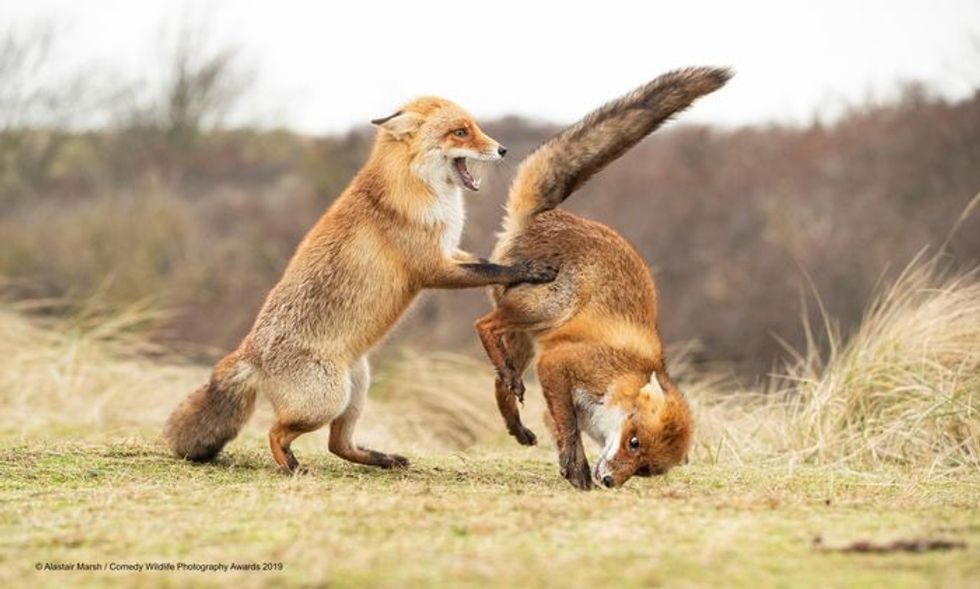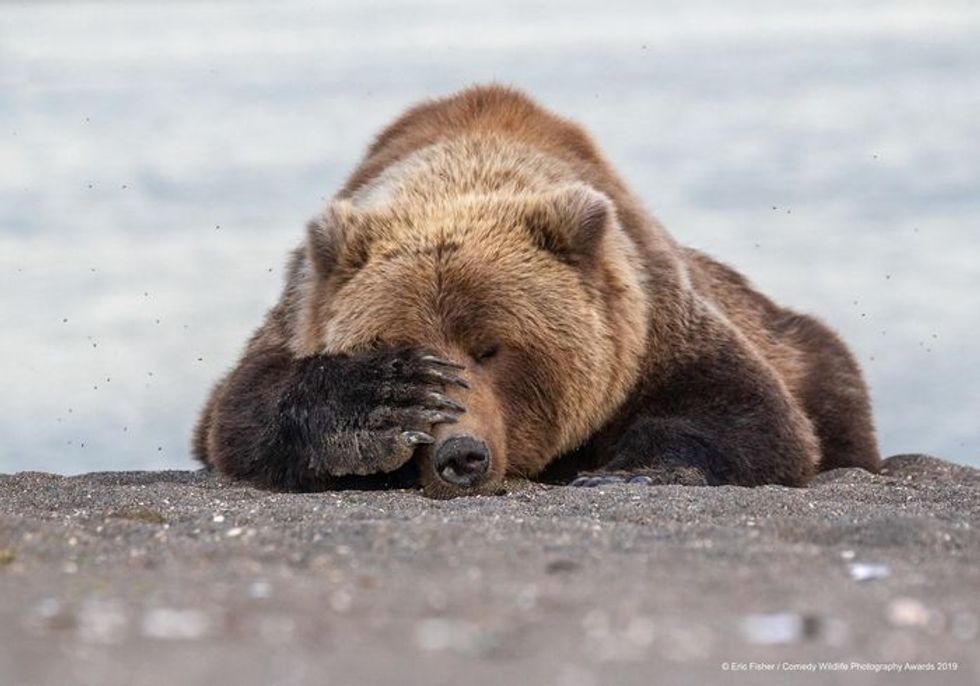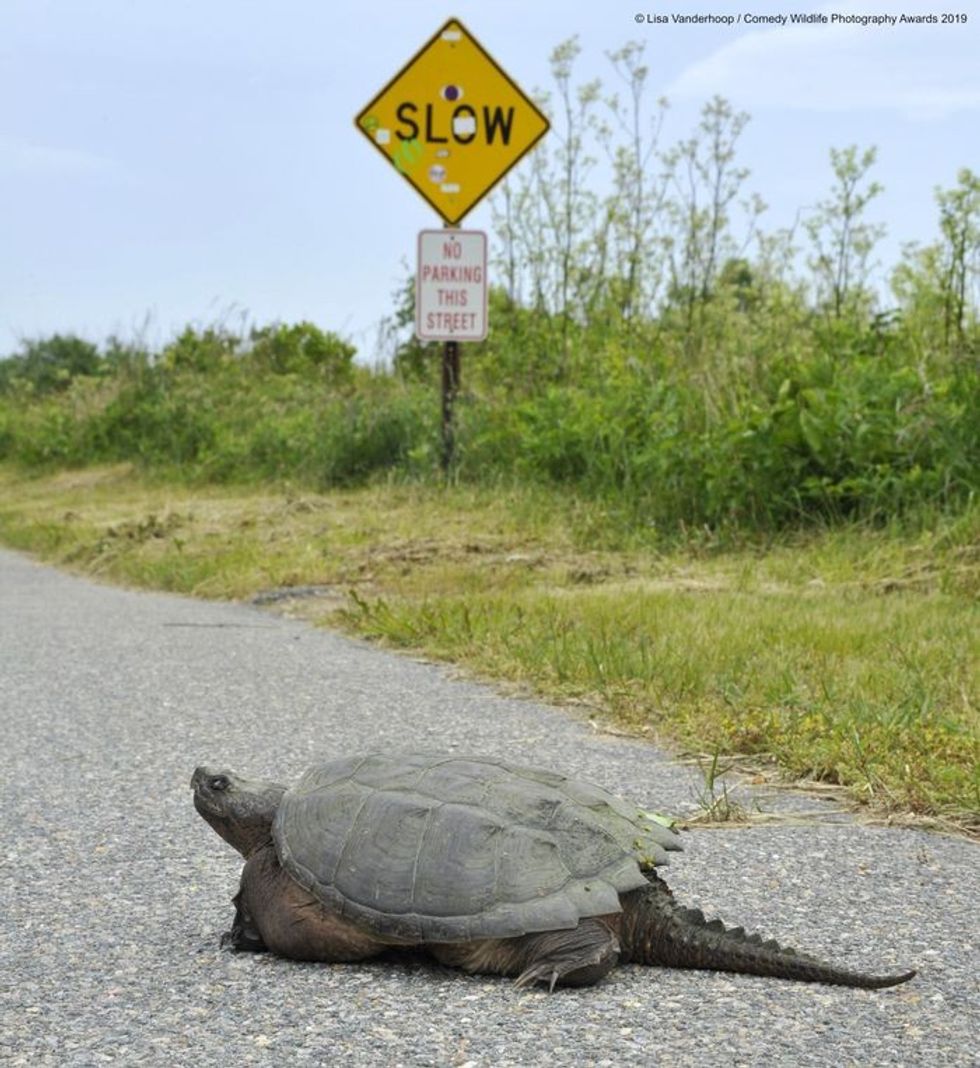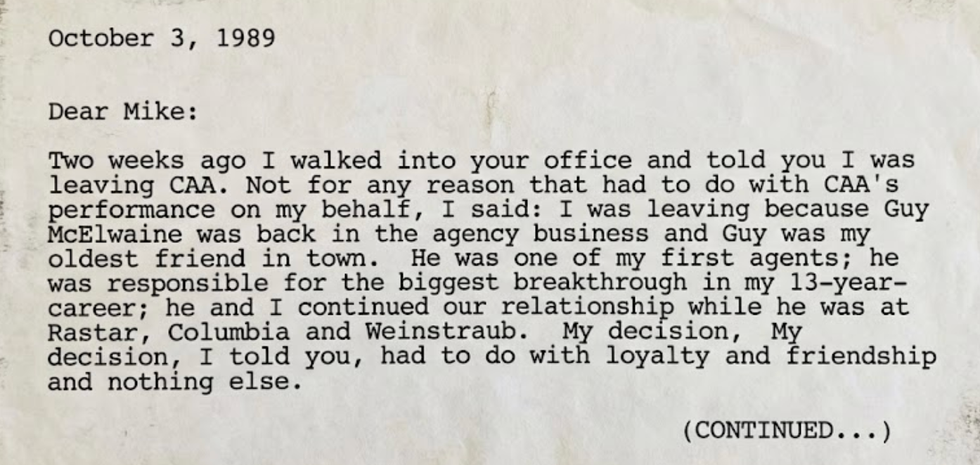The ongoing debate over whether students should use physical textbooks or access content on a tablet or other electronic device seems to have taken a rather extreme turn. Late last week, Life Sciences Secondary School—a sixth through 12th grade school on the Upper East Side of Manhattan—ignited a controversy by purging hundreds of textbooks and novels, even classics like Romeo and Juliet, from the campus.
“We used to use them a lot, but now teachers just put out worksheets,” freshman Shahadat Hossain, told the New York Post about the now-missing books. School district officials told the Post that they’re merely replacing books that no longer align with state standards, but staffers said that the textbooks are being ditched in favor of digital learning options.
But the school’s overall academic results—only 9 percent of sixth–eighth graders scored proficient or better in English, and only 5 percent did so in math on the New York State Assessments in 2016—suggest that it might be better off focusing on something else: ensuring the academic content is in a format that’s going to help students retain more information. That might mean ditching textbooks, whether digital or hardback, and replacing them with graphic novels and comics.
Research by Jeremy Short, a professor at Price College of Business at the University of Oklahoma, backs this up, having found that students are more engaged by and prefer information in the format of a graphic novel. Short, who is the coauthor of the first Harvard Business School case in graphic novel format, embarked on a now renowned study, asking one group of seniors to read passages on management and entrepreneurship from a traditional business textbook, while a second group read about the same topics from a graphic novel.
Short then gave the students a quiz on the material and found that those who read the graphic novel retained more information and could even recognize direct quotes. A companion study by Short found that 80 percent of students were more likely to be hooked on the content and were better able to comprehend it.
“With that kind of information, that really has a lot of implications about how we should be teaching business, how we should be teaching a lot of things, really,” Short told The Oklahoman. And the study's coauthor, doctoral student Aaron McKenny, said he “stayed up all night reading graphic novel business textbooks because they're so engaging, but students aren't “going to read a textbook” in the same way, which means their understanding of the academic content won't be as strong.
[quote position="full" is_quote="true"]I'm still waiting to see my sons be as excited about an English or science textbook as they are about Batman.[/quote]
Interest in comics and graphic novels as learning tools is certainly there. Congressman John Lewis’ graphic novel March, a trilogy that takes readers inside the civil rights movement, won the National Book Award for Young People’s Literature in 2016. The first novel in the series hit The New York Times best-seller list in February. The trilogy is easy to bring into the classroom, thanks to a standards-aligned teacher’s guide for grades 6–12.
I've caught my own middle and high school age sons sneak-reading “The Simpsons” comics and Batman graphic novels under the covers with flashlights at midnight, but I'm still waiting to see either of them be as excited about an English, science, or social studies textbook. I would bet kids their age would be pretty thrilled to read about the abolitionist movement—complete with William Lloyd Garrison and Frederick Douglass as superheroes—or anything else in U.S. history if it was in an engaging graphic novel format instead of a comparatively dry traditional text.
While publishers aren't likely to turn textbooks into the academic equivalent of the Marvel or DC Comics universes anytime soon, it's clearly a smart idea to incorporate creative visuals and storytelling elements into them. If that happened at schools like Life Sciences Secondary School—and plenty of other campuses across the nation—we could have a generation of students eager to read their textbooks cover to cover.
















 A young lion playing with an older animal
A young lion playing with an older animal A colorful bird appears to be yelling at it a friend
A colorful bird appears to be yelling at it a friend An otter appears like it's holding its face in shock
An otter appears like it's holding its face in shock Two young foxes playing in the wild
Two young foxes playing in the wild Two otters appear to be laughing together in the water
Two otters appear to be laughing together in the water A fish looks like it's afraid of the shark behind it
A fish looks like it's afraid of the shark behind it A bird appears to be ignoring their partner
A bird appears to be ignoring their partner A squirrel looks like it's trapped in a tree
A squirrel looks like it's trapped in a tree A bear holds hand over face, making it appear like it's exhausted
A bear holds hand over face, making it appear like it's exhausted A penguin looks like its trying to appear inconspicuous
A penguin looks like its trying to appear inconspicuous A young squirrel smells a flower
A young squirrel smells a flower An insect appears to be smiling and waving at the camera
An insect appears to be smiling and waving at the camera An otter lies on its side apparently cracking up laughing
An otter lies on its side apparently cracking up laughing Two monkeys caught procreating
Two monkeys caught procreating A young chimp relaxes with its hands behind its head
A young chimp relaxes with its hands behind its head A snowy owl appears to be smiling
A snowy owl appears to be smiling  A monkey holds finger to face as if it's lost in thought
A monkey holds finger to face as if it's lost in thought A turtle crossing the road under a 'slow' sign
A turtle crossing the road under a 'slow' sign A polar bear lies on its back like it's trying to hide
A polar bear lies on its back like it's trying to hide A rodent strikes human-like pose
A rodent strikes human-like pose
 An excerpt of the faxCanva
An excerpt of the faxCanva

 Robert Redford advocating against the demolition of Santa Monica Pier while filming "The Sting" 1973
Robert Redford advocating against the demolition of Santa Monica Pier while filming "The Sting" 1973


 Image artifacts (diffraction spikes and vertical streaks) appearing in a CCD image of a major solar flare due to the excess incident radiation
Image artifacts (diffraction spikes and vertical streaks) appearing in a CCD image of a major solar flare due to the excess incident radiation